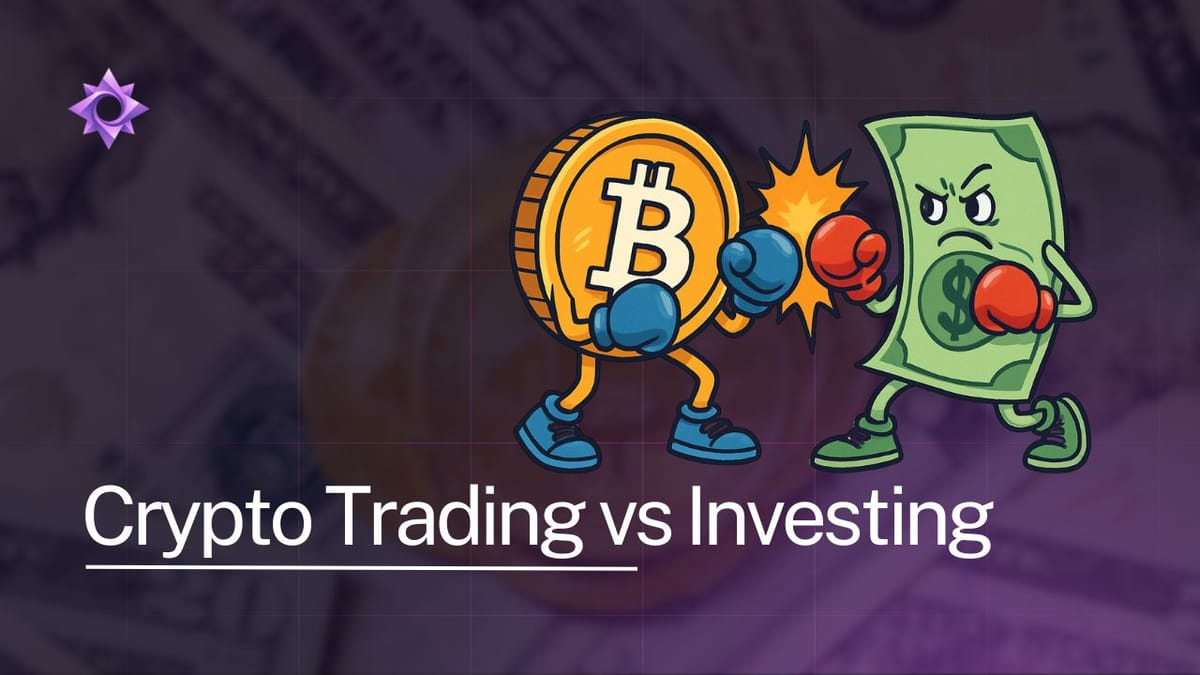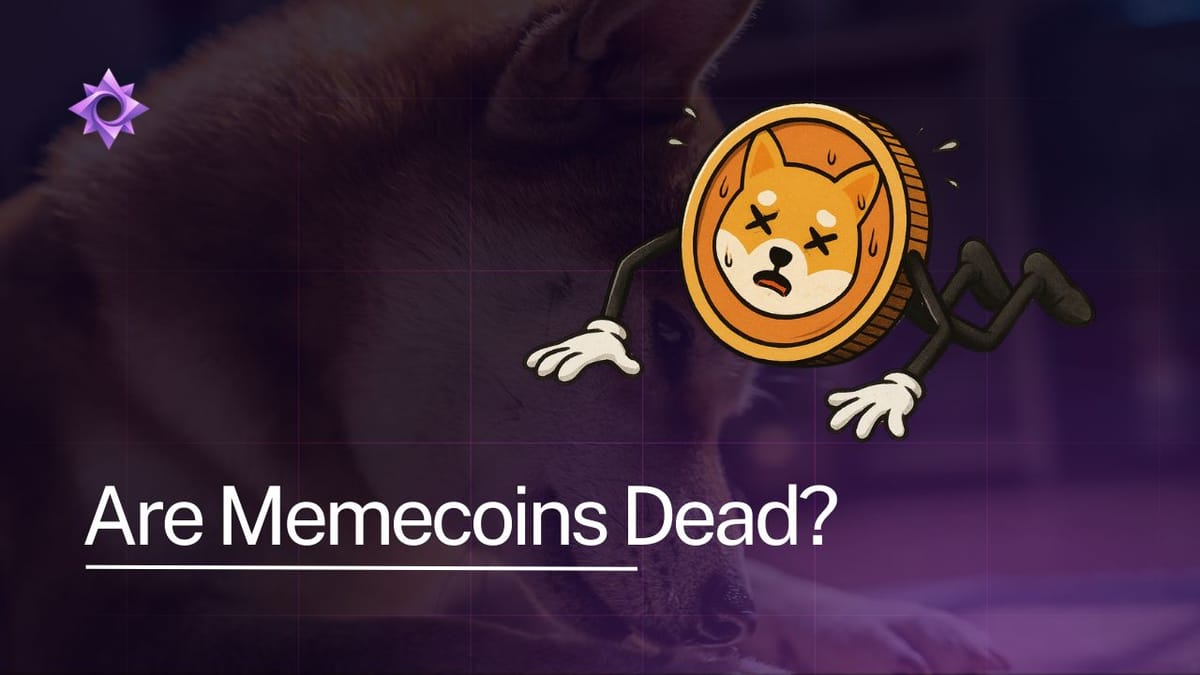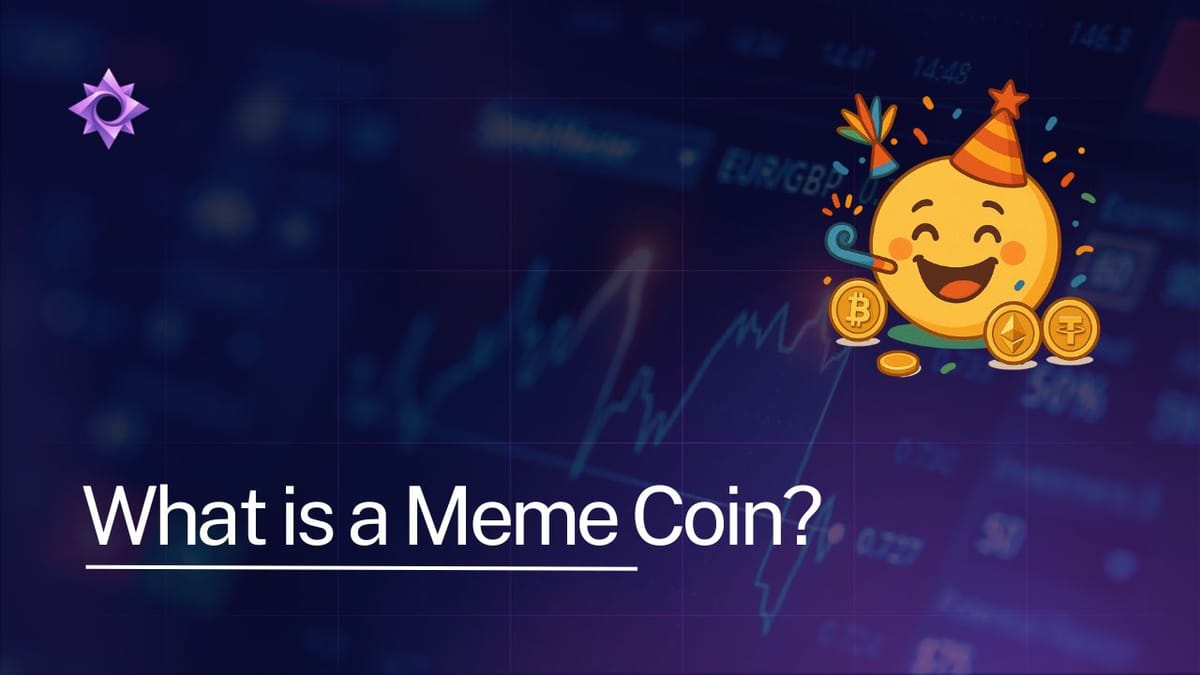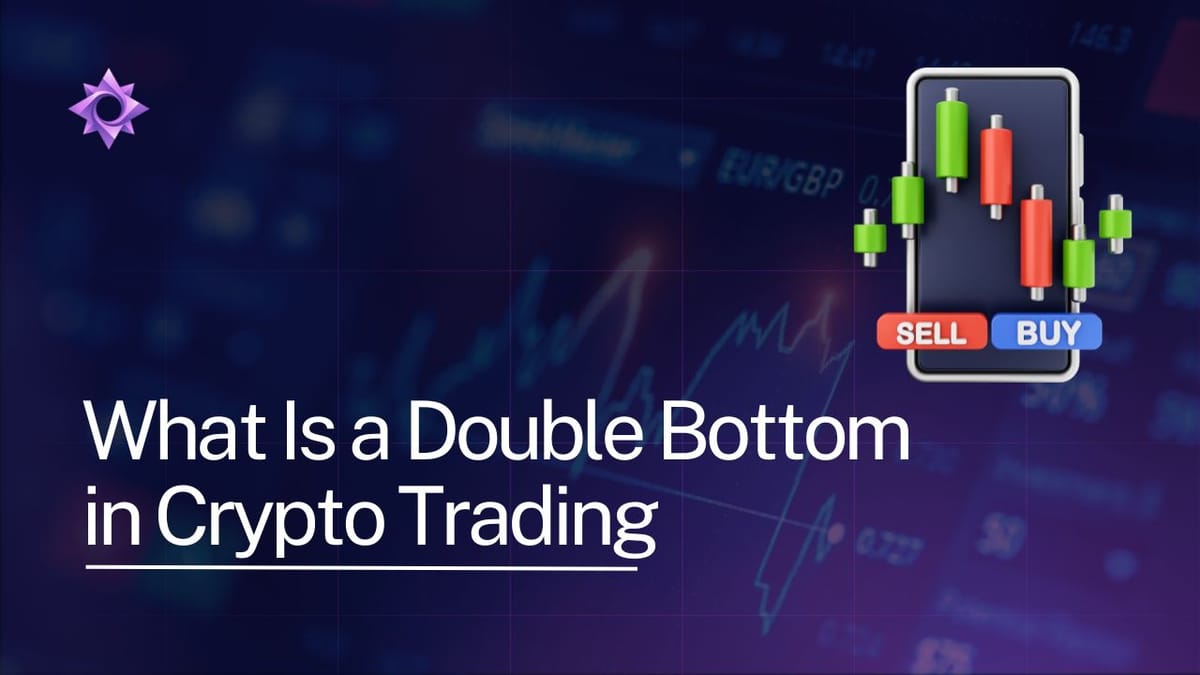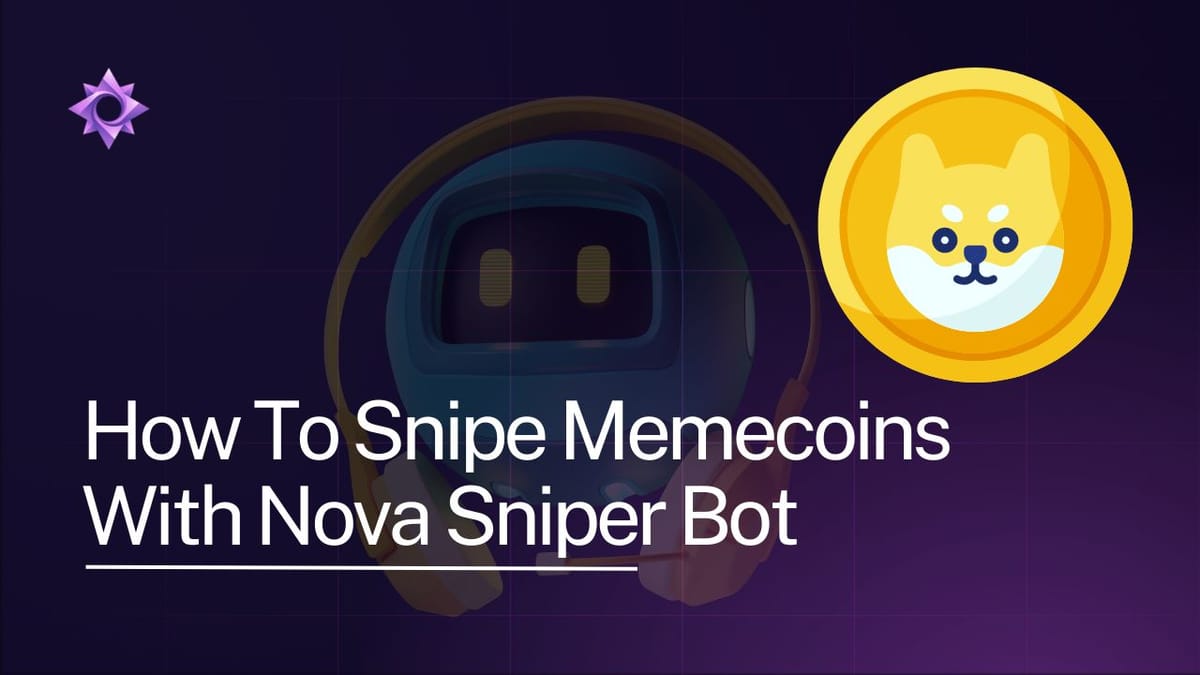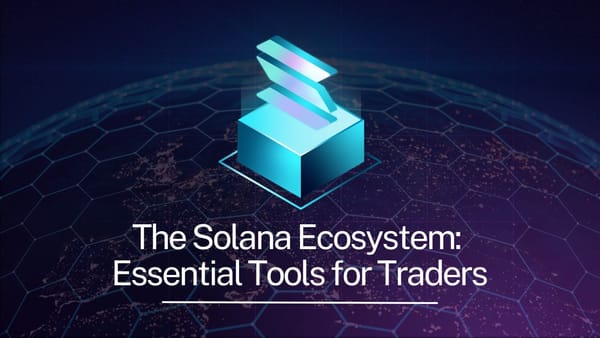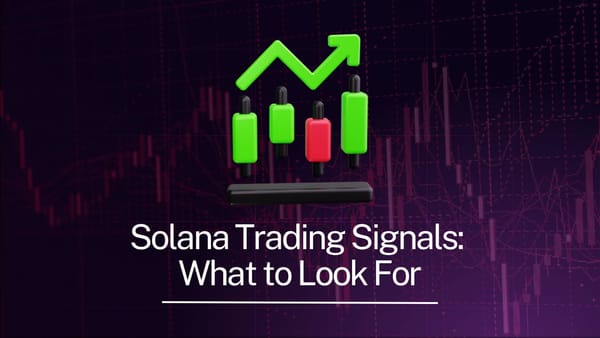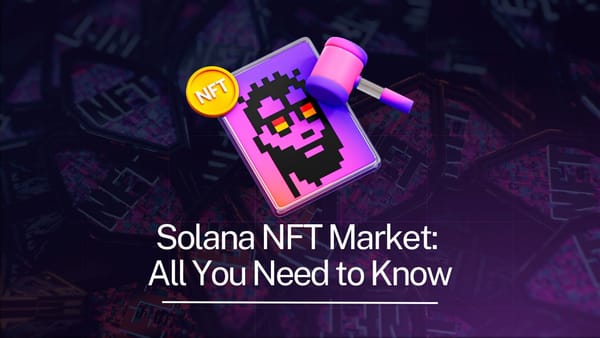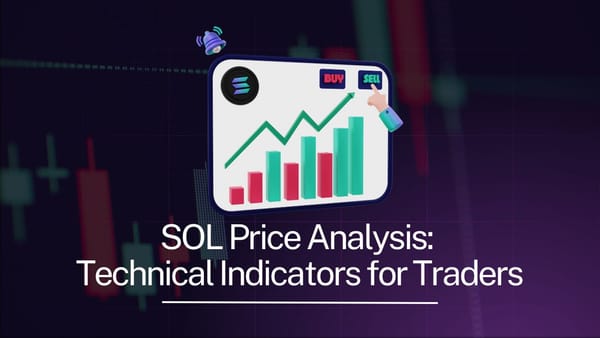What Is a Rug Pull?
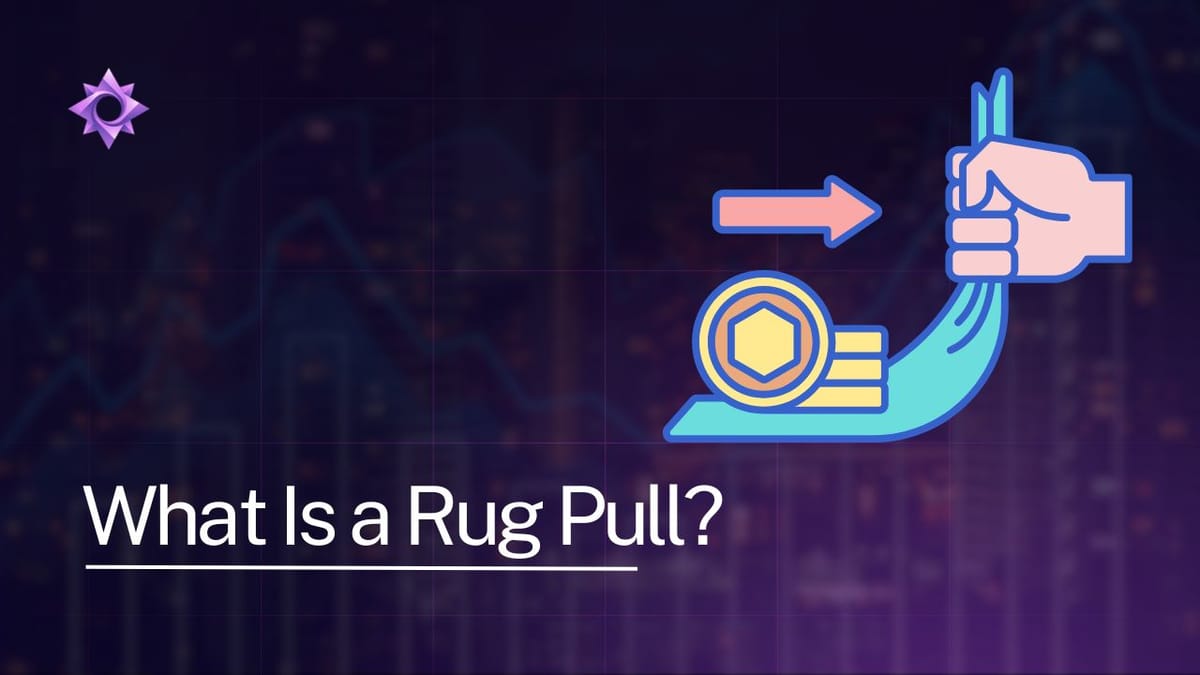
Understanding This Common Crypto Scam
Ever heard of a crypto scam called a 'rug pull'?
It's a pretty common way people lose their money in the digital currency world.
Basically, someone creates a new cryptocurrency, gets a bunch of people excited about it, and then suddenly disappears with all the invested funds.
It’s like pulling a rug right out from under you, hence the name.
This article will help you understand what is a rug pull, how these scams work, and what you can do to avoid becoming a victim.
Key Takeaways
- A rug pull is a crypto scam where developers abandon a project and run off with investors' money.
- Common tactics include draining liquidity or abandoning the project after hyping it up.
- You can spot potential rug pulls by checking the project's legitimacy, tokenomics, and developer activity.
- Protect yourself by doing your own research, understanding smart contract risks, and spreading your investments.
- Rug pulls cause financial losses for investors and damage trust in the crypto market.
Understanding What Is A Rug Pull
So, you've probably heard the term "rug pull" floating around in the crypto space.
It sounds a bit dramatic, right?
Well, it kind of is.
At its core, a rug pull is a type of exit scam.
Think of it like this: someone sets up a project, gets a bunch of people excited and invested, and then, poof, they disappear with all the money.
It's a way for bad actors to make a quick profit by deceiving others.

Defining The Crypto Scam
Basically, a crypto rug pull happens when the people behind a new cryptocurrency project suddenly abandon it.
They take all the invested funds and leave the project and its investors with nothing.
This leaves you holding tokens that are suddenly worthless.
It’s a pretty straightforward, albeit dishonest, way to steal money in the digital asset world.
You might see projects advertised heavily, promising huge returns, but if it’s a scam, the developers just vanish.
It’s important to know that these scams are quite common, so being aware is your first line of defense.
You can find more information about these scams on pages like this one about crypto scams.
How Rug Pulls Operate
These scams usually start with a new token or project that gains some traction.
Developers might create a lot of hype, maybe even use celebrity endorsements or flashy marketing.
They'll often list their token on a decentralized exchange (DEX), which makes it seem legitimate.
Then, they'll create a pool of liquidity, pairing their new token with a more established cryptocurrency like Ethereum or Solana.
Investors buy the new token, and its price might even go up initially.
But here's the catch: the developers secretly control a large portion of the liquidity.
At some point, they'll suddenly remove all the valuable cryptocurrency from the liquidity pool.
This action instantly crashes the price of the scam token to zero, leaving investors with assets that are impossible to sell.
It’s a bit like pulling the rug out from under everyone’s feet, hence the name.
For instance, understanding how to trade memecoins using tools like the Nova Sniper Bot can be part of a broader strategy, but you still need to be wary of the underlying project's legitimacy.
The speed at which these scams can unfold is often surprising. One moment you think you're onto a good thing, and the next, your investment has evaporated. It really highlights the need for caution in this fast-paced market.
Common Rug Pull Tactics
Scammers have a few go-to methods for pulling off rug pulls.
Understanding these tactics is your first line of defense.
You might see them using things like liquidity draining, where they remove all the readily available funds from a trading pool, making the token impossible to sell.
It’s like someone emptying a store’s entire inventory and vanishing.
Another trick involves token locking mechanisms.
While sometimes used legitimately, scammers can set up these locks in a way that only they can unlock them, or they can manipulate the terms after the fact.
This means even if you hold the tokens, you might not be able to sell them under certain conditions they control.
Then there's the classic project abandonment.
They build up hype, get people invested, and then, poof, the developers disappear.
The website goes dark, social media goes silent, and you’re left holding tokens that are worth nothing.
It’s a bit like how some people might try to snipe trading opportunities, but with malicious intent.
You might see rapid, large trades as a red flag for such scams, suggesting that something isn't quite right. It’s important to be aware of these signs, especially when looking at new projects.
For instance, if a project seems too good to be true, it probably is.
You need to do your homework before putting any money in, and that includes looking at how the project is managed.
Tools like Nova Click can help you analyze project legitimacy, but you still need to be cautious. Remember, protecting your investments means being informed.
Liquidity Draining
This is a pretty straightforward, albeit devastating, tactic.
Developers create a token and pair it with a major cryptocurrency like Ethereum on a decentralized exchange (DEX).
They then encourage people to buy their token, often by promising huge returns.
As more people buy, the liquidity pool grows.
The scammer, who usually holds a large portion of the tokens, then suddenly removes all the paired cryptocurrency from the liquidity pool.
This leaves the token with no backing, making it impossible for anyone else to sell their tokens for anything of value.
It’s a quick way for them to cash out the valuable crypto they received from investors.
Token Locking Mechanisms
Scammers can exploit token locking mechanisms.
While legitimate projects use these to build trust by locking liquidity or team tokens for a set period, bad actors can implement them with hidden clauses or simply ignore them.
They might lock liquidity for a short period, enough to get initial investors in, and then claim they are unlocking it early, only to drain the pool.
Or, they might lock their own tokens but retain the ability to mint more tokens, diluting the value for everyone else.
It’s a way to create a false sense of security.
Project Abandonment
This is perhaps the most common and simplest form of a rug pull.
The developers create a project with a lot of fanfare, perhaps a slick website, a whitepaper, and active social media.
They might even have a roadmap. Investors are drawn in by the promise of innovation or profit.
Once a significant amount of money has been invested, the developers simply stop all communication, abandon the project, and disappear with the funds.
The website might go offline, and the social media accounts are deleted. You’re left with tokens that have no utility and no support, effectively worthless.
It’s important to analyze project legitimacy before investing, and tools like Nova Click can assist in this process by providing insights into project activity and developer history.
You need to be sure the team behind the project is committed and transparent.
Be wary of projects that lack clear communication channels or have anonymous teams, as these are often indicators of potential scams.
You can also look into how smart contracts are managed to prevent rug pulls by limiting admin access to specific funds, which is a good strategy to mitigate this vulnerability.
Identifying Potential Rug Pulls

So, you're thinking about getting into a new crypto project?
That's cool, but you gotta be smart about it. Not everything that glitters is gold, especially in the crypto world.
There are some real scams out there, and one of the nastiest is the rug pull.
It's basically when the project creators just disappear with everyone's money. But don't worry, you can learn to spot the signs.
Paying attention to a few key things can save you a lot of headaches and cash.
Analyzing Project Legitimacy
First off, look at the project itself.
- Does it have a real website?
- Is there a whitepaper that actually explains what the project is supposed to do, and does it make sense?
A lot of these scam projects have super vague or copied whitepapers.
Also, check out the team behind it.
Are they doxxed, meaning you can see who they are and what their background is?
If they're hiding behind anonymous profiles, that's a big red flag.
You want to see people with actual experience, not just random internet handles.
Think about it, would you invest in a company if you didn't know who was running it?
Probably not.
It's the same with crypto, maybe even more so.
You can check out developer activity on platforms like GitHub to see if they're actually building anything or just talking a big game.
A lack of consistent updates or a sudden halt in development can be a sign that something's up.
Evaluating Tokenomics
Next, let's talk about the token.
How is it distributed?
Are the developers holding a massive chunk of the supply?
If one or a few wallets control a huge percentage of the tokens, they could easily dump them on the market and crash the price.
That's a classic move.
Also, look at the transaction taxes.
Some projects have really high buy or sell taxes, which can be a way to make it hard for you to get your money out later.
You want to see a fair distribution, where no single entity has too much control.
It’s also worth looking into how the token is used within the project’s ecosystem.
Does it have a real purpose, or is it just there to pump and dump?
A project that relies heavily on hype without a solid use case is often a warning sign.
Scrutinizing Developer Activity
Finally, keep an eye on the developers' actions.
- Are they communicating with the community?
- Are they answering questions honestly, or are they being evasive?
A project that suddenly goes quiet or deletes its social media channels is a major warning sign.
You can also use tools to check the smart contract itself.
Are there any hidden functions that could allow the developers to drain liquidity or manipulate the token?
For instance, some projects might use Nova Click's Sniping Module to get an edge during token launches, but if the contract itself has malicious code, even that won't help you.
Always look for transparency and consistent communication from the team.
If you see a lot of sudden changes, locked liquidity being removed unexpectedly, or developers cashing out large amounts of tokens, it's time to get out.
Remember, if it seems too good to be true, it probably is.
Being cautious and doing your homework is your best defense against these scams.
Protecting Yourself From Scams
It’s easy to get excited about new crypto projects, especially when they promise big returns.
But before you jump in, it’s smart to take a step back and do some homework.
You don't want to end up being the one who gets scammed.
Due Diligence Before Investing
This is probably the most important step.
You need to look into the project itself.
- What’s the team behind it?
- Are they doxxed, meaning their real identities are public?
A lot of scam projects hide behind anonymous teams. Also, check out the project’s whitepaper.
- Does it make sense?
- Is it just a copy-paste job from another project?
Look at their social media presence too. Are they actively engaging with the community, or is it just bots and fake hype?
Never invest more than you can afford to lose.
It sounds cliché, but it’s true. For example, tools like NovaClick can help you analyze project legitimacy by looking at things like liquidity and developer holdings, which are key indicators.
Understanding Smart Contract Risks
Most crypto projects run on smart contracts.
These are the automated agreements that handle transactions.
If a smart contract has vulnerabilities, it can be exploited. Sometimes, developers might even build in a backdoor to steal funds.
It’s tough for the average person to read and understand smart contract code.
However, you can look for audits from reputable firms.
If a project hasn't had its contract audited, that’s a red flag.
Also, be wary of contracts that seem overly complex or have unusual functions. You can use tools that help verify contract details, like checking liquidity and holder distribution, which NovaClick can assist with.
Diversifying Your Portfolio
Putting all your money into one single crypto project is risky, especially in the volatile crypto market. If that one project goes south, you lose everything.
Spreading your investments across different assets is a much safer approach.
This way, if one investment performs poorly, others might still do well, balancing out your losses.
Think about different types of cryptocurrencies, not just meme coins.
Even within meme coins, don't just buy one; spread it out. This is where tools that help you track the market and identify opportunities can be useful.
For instance, NovaClick can help you monitor high-value wallets and spot trends, which can inform your diversification strategy.
The Impact of Rug Pulls
When you get caught in a rug pull, it's not just a minor inconvenience; it can really hit your wallet hard.
These scams are designed to make the creators disappear with all the invested funds.
Leaving you with worthless digital tokens.
It’s a pretty brutal way to lose money, and unfortunately, it happens more often than you might think.
Last year alone, people lost around $500 million to these schemes, which really puts things into perspective.
You might have heard about some of the big ones, and they serve as stark reminders of the risks involved in the crypto space.
It’s a tough lesson when you realize the project you believed in was just a setup.

Financial Losses for Investors
This is the most direct and painful consequence.
You put your hard-earned cash into a new token, maybe you even saw some initial gains, and then poof – it’s all gone.
The value plummets to zero overnight.
It’s not just about the money you invested; it’s also about the potential profits you missed out on.
For many, this can be a significant financial setback, impacting their savings or even their ability to cover daily expenses.
It’s a harsh reality that many new investors face when they first enter the crypto market, especially if they aren't aware of the common pitfalls.
For instance, if you were trying to get in early on a promising new coin, you might have used tools like Nova Click to help you snipe tokens, only to find the project was a scam.
This is why understanding the risks is so important before you commit any funds.
Damage to Crypto Market Trust
Every time a rug pull happens, it chips away at the trust people have in the entire cryptocurrency market.
When news spreads about these scams, it makes potential new investors hesitant to even get involved.
They see the headlines and think, “Is this whole thing just a scam?” This erodes confidence and can slow down the adoption of legitimate blockchain technologies.
It creates a perception that crypto is inherently risky and unregulated, which, while having some truth, isn't the whole story.
The actions of a few bad actors can unfairly tarnish the reputation of the entire industry, making it harder for good projects to get the attention and investment they deserve.
It’s a shame because there are many innovative and useful applications being built on blockchain technology.
Regulatory Scrutiny
Because rug pulls cause significant financial harm and damage market confidence, they often attract the attention of regulators.
Governments and financial authorities look at these scams and see a need for more oversight.
This can lead to stricter rules and regulations being put in place for the entire crypto industry.
While regulation can sometimes be a good thing, bringing more legitimacy and protection, it can also stifle innovation if it's too heavy-handed.
The challenge is finding a balance – protecting investors from scams like rug pulls without hindering the growth of new technologies.
The more these scams occur, the more likely you are to see increased government intervention, which could change how you interact with cryptocurrencies in the future.
It’s a complex issue with no easy answers, and the crypto community is constantly debating the right approach to regulation.
The Binance Smart Chain, for example, has been a common platform for these scams, partly due to its ease of use, which also makes it attractive to malicious actors.
Understanding the platforms where scams are prevalent is part of staying safe, and resources that highlight major crypto rug pulls can be quite informative.
Rug pulls can really hurt people's trust in online trading. These scams trick users into putting money into fake projects, only for the creators to disappear with the funds. It's a big problem that makes many hesitant to try new platforms.
Want to learn more about staying safe and finding reliable places to trade? Visit our website today!
Conclusion
So, you've learned about rug pulls, those nasty scams that can leave you with nothing.
It's a bit of a minefield out there in the crypto world, isn't it?
But knowing what to look for is half the battle.
Always do your homework before putting your money into a new coin or project.
Check out the team, see if they're open about who they are, and look at the project's actual use case.
If something feels off, it probably is. Staying cautious and informed is your best defense against these kinds of scams.
Keep your eyes open, and happy (and safe) trading!
Frequently Asked Questions
What exactly is a crypto rug pull?
Imagine someone creates a new digital coin, gets everyone excited to buy it, and then suddenly takes all the money and disappears. That's basically a rug pull! They pull the 'rug' out from under your feet, leaving you with worthless coins.
How do scammers pull off a rug pull?
It's like a scam where the creators of a new cryptocurrency suddenly abandon the project and run off with investors' money. They might promise amazing things, but then they just vanish.
How can I spot a potential rug pull before investing?
Watch out for projects that seem too good to be true, especially if they don't have clear information about the team behind them. Also, be careful if a coin's value drops drastically very quickly after you buy it.
What should I look for to know if a crypto project is legit?
You can try to check who the developers are and if they have a good track record. Also, look at how the coin is set up – if it's too easy for the creators to take all the money, that's a red flag.
What happens when a rug pull occurs?
It means the people who made the coin took all the money that others put in and left with it, making the coin worthless. It's a huge loss for anyone who invested.
How can I protect myself from these kinds of scams?
Always do your homework! Don't invest more than you can afford to lose. Understand that new crypto projects can be risky, and it's wise to spread your investments around instead of putting all your money into one coin.
More Nova Click Guides:
